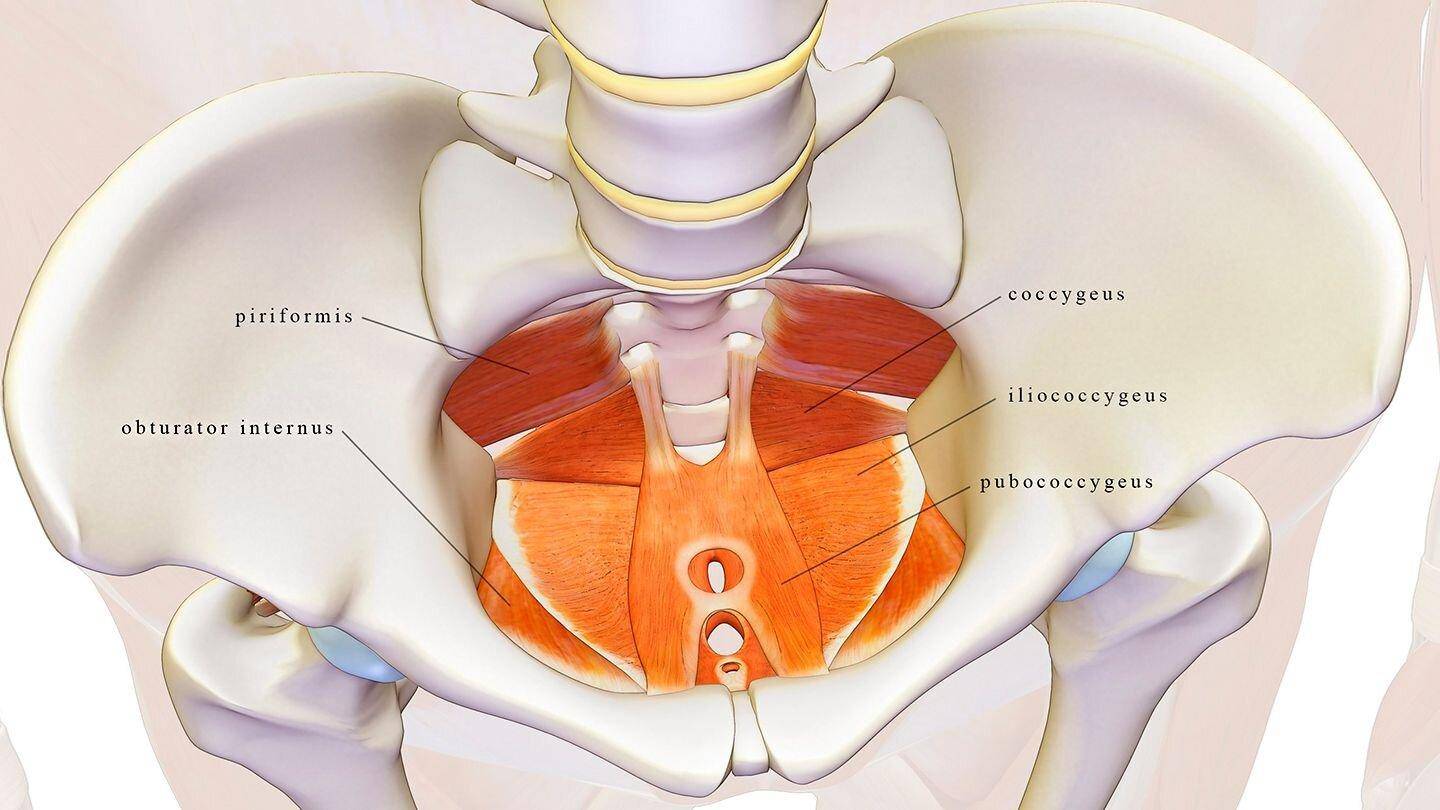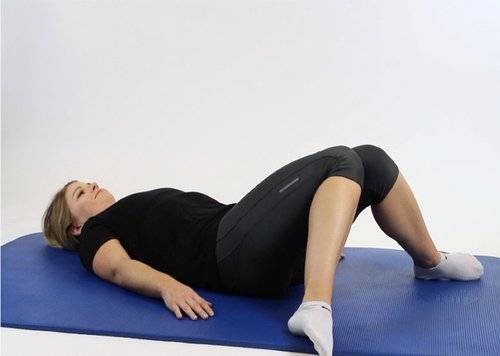Have you heard of the obturator internus muscle?
This small but mighty muscle is found inside the pelvis and plays a role with both hip motion and pelvic floor function (or dysfunction!).

Wait, where is this muscle?
The obturator internus attaches to both the obturator foramen of your pelvis and the greater trochanter of your femur. It also shares many attachment points and connections with muscles of the pelvic floor. This means that the obturator internus is both influenced by and influences what goes on in the pelvic floor.
What does it do?
The obturator internus primarily functions as a deep hip external rotator. It has also been shown to assist with hip extension (kicking your leg back) and abduction (kicking your leg out to the side). Beyond hip movement, it assists the pelvic floor in various functions.
The obturator internus may be involved in pelvic pain, hip pain, and pelvic floor dysfunction. In fact, I often find that individuals with pelvic floor dysfunction, especially pelvic pain, have tenderness and tightness in the obturator internus – research shows this too!
How do I know if my obturator internus is affected?
The obturator internus can be felt both externally and with internal vaginal or rectal exam. A physical therapist with training in pelvic rehabilitation will be able to assess this muscle to determine if it may be contributing to your symptoms.
My obturator internus is tight and tender, now what?
We often start with decreasing tone and tension in this muscle. A pelvic therapist can manually release this muscle externally or internally. You can also try this stretch!

